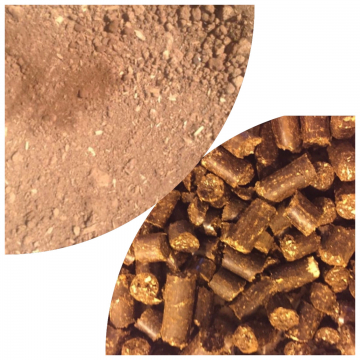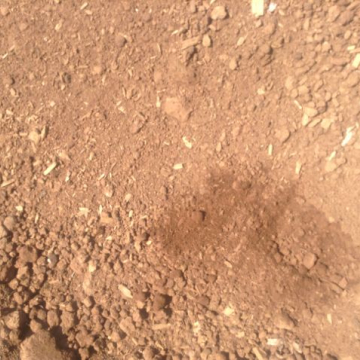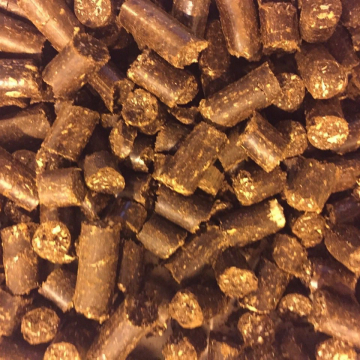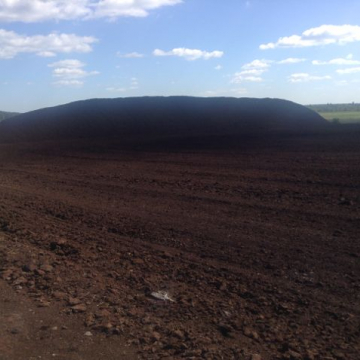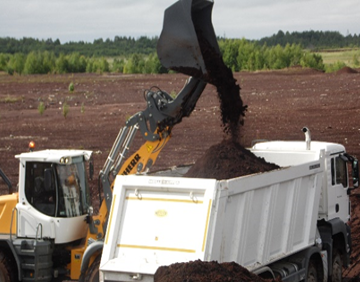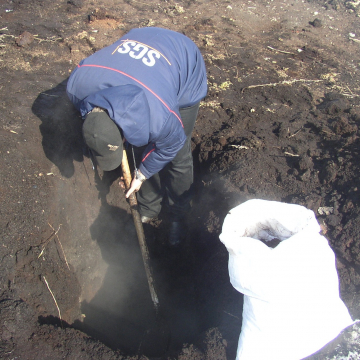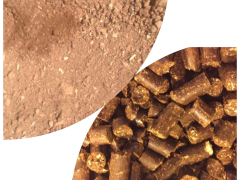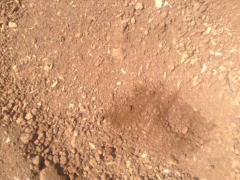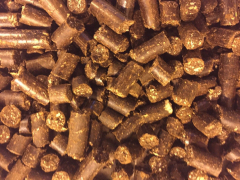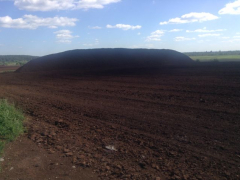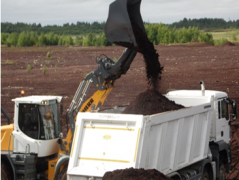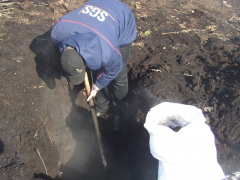Lignin
Lignin or “lignen” is a complex polymer of aromatic alcohols. It is an integral part of the cell walls of the plants. It is the second most abundant natural polymer in the world surpassed only by cellulose. Word lignin is derived from the Latin word “lignum”, meaning wood.
The standard elementary contents of lignin are as follows:
Carbon- 64,5%, Hydrogen - 5.5%, Oxygen -29.9%
Lignin as a separate substance is a byproduct of industrial acid hydrolysis production of alcohols from wood (methanol and ethanol).
In cellulose and paper plants cellulose and sugars are separated from lignin by dissolving lignin in alkaline and then taking it out of the process in a form of a black liquid. In methanol and ethanol production everything is done another way around. All sugars, including cellulose, are dissolved by acid (acid hydrolysis) and lignin as a waste of this process stays untouched and comes out as insoluble reminder being 1/3 of the used volume of wood. Methanol and ethanol are received by fermentation of the sugars.
Due to a wide expansion of wood hydrolysis for alcohol production in Russia and ex-Soviet countries in the second half of 20th century, there are still several million tons of lignin available. Huge “polygons” of hydrolysis lignin exist in Byelorussia, Lithuania, Arkhangelsk, Kostroma, Eastern Siberia and other regions of Russia and former Soviet countries.
Being part of the wood, lignin is an ideal biofuel and has high Net Calorific Value (NCV). As lignin is also chemically neutral and stays unchanged for many years, recently quite a lot of attention has been paid to lignin as a potential source of bioenergy.
In Russia, there have been several attempts made to produce lignin pellets by drying and purifying the lignin excavated from the places where it is buried.
Avaliable to us Lignin pellets are of a brown colour. Moisture content of the pellets is about 10-13%. Depending on the production method and purification of the material, ash content of the pellets may vary between 3-8%, NCV is about 20-22 Gj per mt, mechanical durability is about 97-98%.
Lignin pellets are hydrophobic, which allows to keep them under the open sky, without using covered storages. Lignin pellets contain much more energy than wood pellets.
It is very important for lignin pellet production to keep their chemical composition under control and to avoid impurities.
It may also be a problem that in some countries lignin is not regarded as biofuel, but just as a waste of the chemical industry. Nowadays several countries have recongined lignin to be a wood waste and a biofuel.
As for sustainability of lignin, it has been produced in the second half of XX century and at that ime sustainability was not an issue. Anyhow lignin was at that time already produced, it exists now and is held in the deposits as a wood waste and may be successfully used instead of new cut trees.

